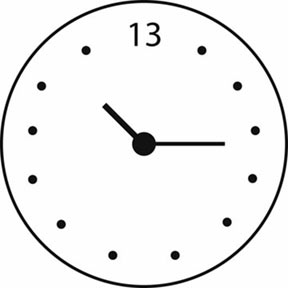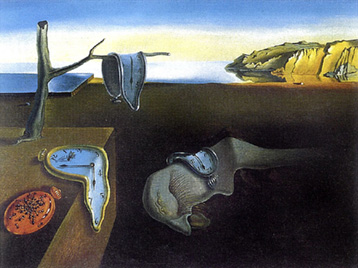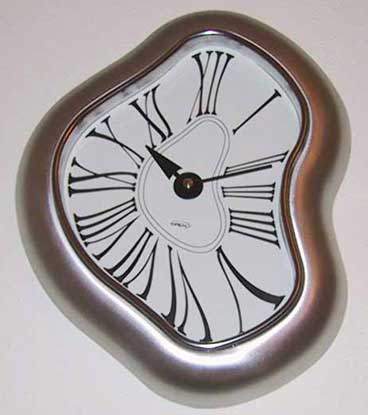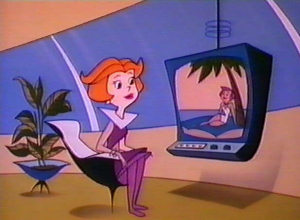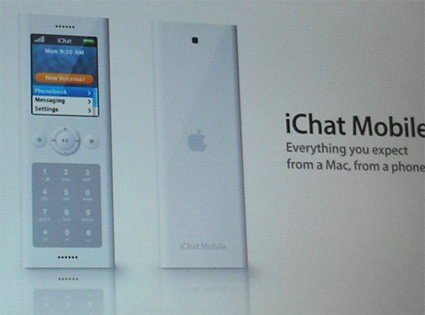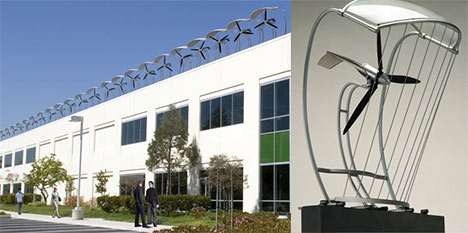I am in the process of re-designing my website as it is sorely in need of a total re-haul. I designed it a long time ago before I knew anything about website design or navigation. In order to get some ideas, I spent the better part of an evening looking at a LOT of composer websites, and I have concluded that most composers do not have a clue as to how others will look at their sites. It seems like they often do not test their site with friends, family or anyone else.
Composers usually create in a solitary environment and these days, often do everything themselves: composing, copying, promoting, recording, performing, publishing and even designing their own websites. They are used to living in a bubble. However, not having anyone check you site before you "go live" is a mistake. You may think it is amazing, but everyone else might not understand it and think it is a navigational nightmare. Websites absolutely need to be user friendly.
Here are ten key points I think composers—and for that matter, almost anyone else—should remember when designing their sites.
1. Navigation, Navigation, Navigation!
This is the single most important design element. If people cannot find what they are looking for, they will leave quickly. All the bells and whistles, pretty graphics and Flash effects will have little effect—and may even be hugely irritating—if your site is a virtual maze.
Here's a test: get everyone you can to look at your site while you watch them. If you can, shoot a video of the screen and ask them to talk out loud to themselves about the site while they are perusing it. Give them seven seconds to find certain pieces of information. Keep in mind that seven seconds—and that's being generous—is about how long someone's patience will last before they become aggravated. Ask them to find a program note, sound file, your biography, etc., anything that you would want to be found quickly. If it takes them more then ten seconds to find it, your site is too inefficient.
It is wise to have your website seriously criticized. It is meant to sell you and your music, and if people can't maneuver through it, what does that say about you and your work? To me, it sends a subtle message that your work is not worth finding, or that you don't value my time. As a composer, conductor, performer, artistic director, professor, and as someone with a family, my time is valuable. If I can't find what I am looking for right away, I will move on and look for composers who value my time more than you.
2. Navigation—on Every Page
One particular aspect of navigation is so important it deserves its own number. Except for the home page (and personally, I even think the home page should be like the other pages in this respect), each page should have the same navigational structure, and the navigation links or buttons should be on every page. Why? Because otherwise, we'll have...
3. The Back Button Blues
I hate the back button. Using it takes me out of your site and causes me to look up and down, mousing and scrolling like crazy. Websites should have their own internal structure, and it should be elegantly designed. Relying on browser buttons to get the job done is just plain lazy.
4. The Basics
At the very least, your website should have the following:
• List of works
• Bio
• Photo
• Contact Info.
If you are really with it, you will have:
• Sound files
• Program Notes (if you write them)
• Two bios, both a long and a short version
• Detailed info on sheet music purchase/rental (publisher info, payment options, etc.)
And if you really have your act together, you will also have:
• Upcoming Concerts and a Recent Events page or info. box
• Links to CDs or purchase info. for digital recordings of your music
• A link to high-resolution photo(s) for print
• A links page
Why upcoming concerts and recent events? This should be obvious: let people know what you are up to. As for links, some people don't like them, but I do. Isn't this one of the main advantages of using the Internet? I like to know what sites you find interesting, who your friends are, what groups have played your music, etc.
Everything else is just frosting.
What don't you want?
• A welcome page: this was cool for about ten minutes back in the '90s. Not anymore.
• An awards page: they are amateurish-looking. People who are either not good web designers or want to feel powerful give out most awards. Do you really want them passing judgment on your website?
5. Sound Clips
It is irritating to not have sound clips on a music website. There's really no excuse. Unless you are world-famous, like Philip Glass and have a bazillion recordings on Amazon, and everyone knows your music, not having sound clips sends a negative message. Even if you are ultra-famous, I still think it's wise to have them. Not having them is like a painter having no images of their work or a writer having no samples of their writing. You don't need many, just a few to give people an idea of what your music sounds like.
6. Frames are Dead
The are so many reasons not to use frames. I won't go into all of them here, but the most important reason to avoid them is that people should be able to enter your site at any point, not just on the home page. Frames make it difficult for spiders to index your individual pages. You want this. Here's an example: if you write a string trio about bananas, and someone looking for string trios for their banana festival and does a Google search for banana trios, they'll have a really difficult time finding your work if it's part of a website made with Frames. If the trio information is on its own individual page, then it will be more likely to come up in a search. There are many details that come into play when making a site that is search engine-friendly, and there are plenty of articles and books out there that explain how to do this, so I won't bore you with the details here.
7. Scrolling is for Monkeys
Humor aside, if you have to scroll more than a page worth of information down or scroll sideways at all, then your site is probably not designed efficiently.
8. Flash is Usually Trash
I want to be able to bypass it or turn it off if possible. Personally, I hate it, but I know some people—particularly those who have a lot of time on their hands or who are new to the Internet—find it interesting. OK, I'll admit it: if it's done well, it can be pretty snazzy, but usually it's just a bandwidth-sucking, coma inducing waste of time. Unless you are good at implementing it or have tons of dough to hire a great web designer who is a Flash expert, I would avoid it.
9. Fast Load Time
Have you ever visited a web page and waited more than a few seconds for it to finish loading? This shouldn't happen. Everyone knows now that there is a difference between photos and images optimized for print and those optimized for computer screens. Simply put, make sure everything looks as good as it can but use the smallest file sizes possible. (Obviously, this does not include images or photos of you that you have links to that are meant for print.)
10. Page IDs on Every Page
This should be obvious, but every page should have a title bar or something that indicates that it's a page from your site. You would be surprised at how many sites out there have random-looking pages that seem to have no connection to their parent site.
In a huge way, most composers are the masters of their own demise. I think many of them believe that few people visit their site or care, so they put very little time into thinking about design issues or even content. I think this is the wrong attitude. If your website is elegant, carefully laid-out and has obvious attention to detail, it will go a long way toward enticing others to be interested in your music.
(Final note: hopefully after reading this and looking at my soon-to-be redesigned site, you will think I practice what I preach.)
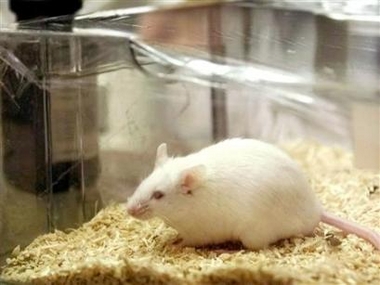
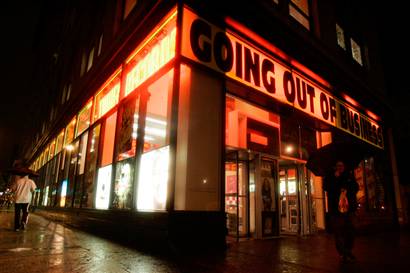 "You hear that Mr. Anderson?... That is the sound of inevitability... It is the sound of your death... Goodbye, Mr. Anderson... "
"You hear that Mr. Anderson?... That is the sound of inevitability... It is the sound of your death... Goodbye, Mr. Anderson... "





